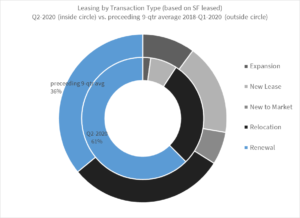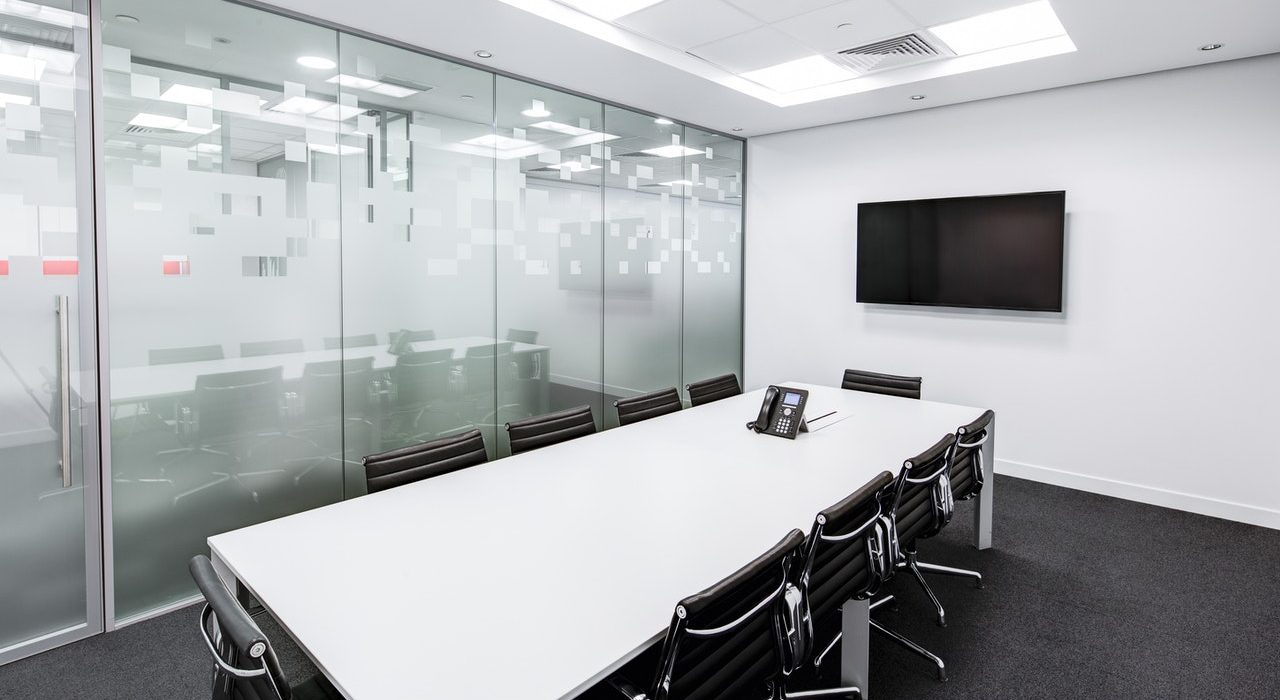
By Andrea Staucet, vice president, Agency Leasing, JLL
Returning to a ‘new normal’ in the commercial office world is beginning to look different. According to Gensler’s 2020 US Work From Home Survey, encouraging reports show that most employees miss having the opportunity to interact with their colleagues face-to-face and are eager to return to the workplace. As a result, tenants are re-evaluating workplace flexibility and space planning needs in real-time. While owners are working hard to predict the new demand for office space amidst improving their building operations to meet current guidelines. Programming will no doubt differ from office to office, however executives can agree that for re-entry to be successful, preparedness and flexibility is key.
Building owners and investors have reacted quickly by implementing enhanced cleaning protocols, stricter building entry policies and elevator capacity restrictions that comply with governmental mandates and local state regulations. Expect social distancing guidelines posted on signs within lobbies and common areas when returning to the office, in addition to floor decals directing traffic, queue spacing and where to stand within the elevator.
These short-term solutions are to be commended. However, it will be increasingly interesting to see what is next for the future of office space. Landlords are sure to consider a host of new technology, like temperature checks and touch-less sensors that will be high on the list of things to consider before integrating back or during site selection. These considerations will become increasingly important as direct space begins to compete with the new sublease availabilities with term left, that have hit the market since March. Nearly half of which is within spaces smaller than 25,000 square feet, highlighting the disproportionate financial implications felt by small-to-midsize businesses.
“Businesses are trying to implement social distancing guidelines in their existing spaces. We are creating new space plans for companies using distance-based design, as well as adding barriers like acrylic panels and movable walls to keep employees safe. Workspace flexibility is key, because right now business needs may change rapidly. It’s critical to be able to adapt quickly,” said Jason McCann, CEO and co-founder of Vari, provider of workspace products and services.
While employees are being invited back to the office, they are typically not being required to do so. Local tenants are returning in unique ways, from a staggered phased return, to creating shifts every other day to limit the number of employees in the office at one time and adhere to social distancing guidelines.
Re-entry plans include capacity restrictions within conference rooms and open workspaces. Floorplans and workstations are being reconfigured to improve social distancing. Open office densities that existed between 75-150 square feet per person will be a thing of the past; several well capitalized firms have already changed target space allocation to 300 square feet per person. Cube partitions are being installed in many suites along with the removal of high touch items from break rooms. New rules have emerged surrounding visitors and most are mandating the usage of personal protection equipment within the workplace. It’s important that businesses establish quick-close procedures should the virus have second wave or someone in the office get infected.

Although the workforce is ready to get back into the office, Gensler reports that 26 percent of respondents want to do so with the flexibility to work from home one to two days per week. We are in the middle of the largest test of remote working in history. This means occupiers need to further develop long term work-from-home plans and refine the policies, infrastructure and amenities that will allow employees to do so most productively in the interim. Previous work-from-home experiments conducted by tech companies found quantifiable reductions in productivity, teamwork, and innovation, ultimately moving employees back into their office spaces. Dan McGowan, managing director at JLL Denver explains, “Employees’ health and safety are the top priorities for tenants. Re-entry will be slow and deliberate, so that employees feel confident that their employers are taking all precautions necessary to keep them safe.”
It remains to be seen if the necessary actions that allow employees to come back to work will be a hinderance in the demand for office space? In the near term, sublease and shadow space supply will trend upward as companies affected by the virus attempt to preserve capital. But as employers rework their floor plans to allocate more space per employee, this will offset the increase in remote employees. Additionally, tenant turnover has dropped by more than 5 percent as short-term lease extensions have exploded as occupiers navigate economic uncertainty. Internal JLL data shows that local renewals as a share of leasing activity have jumped dramatically from approximately 36 percent of activity before the COVID-19 pandemic to 61 percent since its mid-March onset.
Businesses and building owners that accommodate and place an emphasis on the health and well-being of their employees, and are thinking beyond the re-opening process, will be the most successful through this transition. These forerunners will not go back to the way we knew before the pandemic. Their site selection and occupancy strategies will be principally driven by strategic objectives, such as productivity, innovation, collaboration, workforce recruitment/retention and access to customers. They will be the ones who adapted their operations, improved their flexible work options, leveraged technology and instilled new behaviors to maintain business and connectivity.









